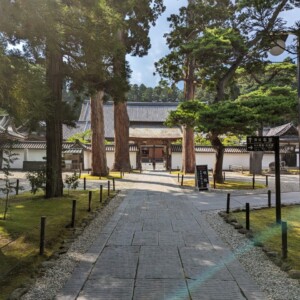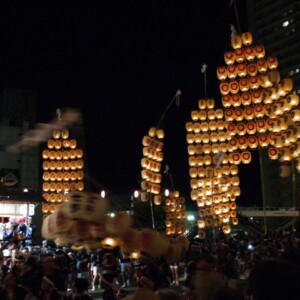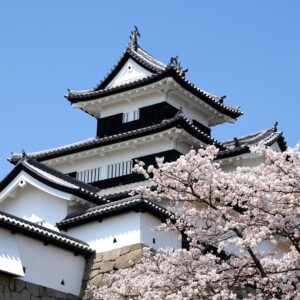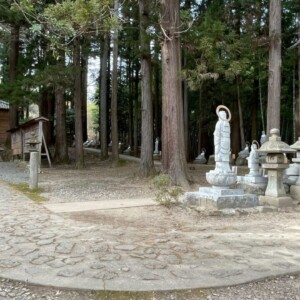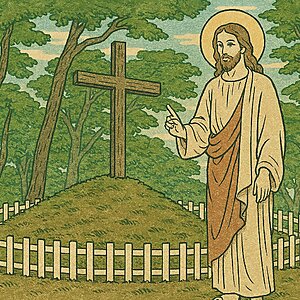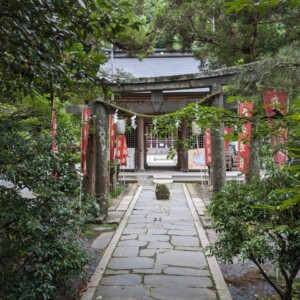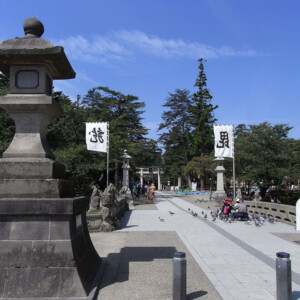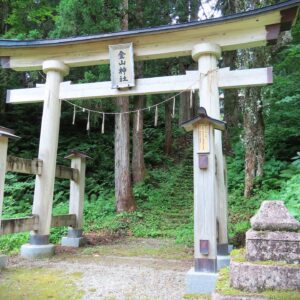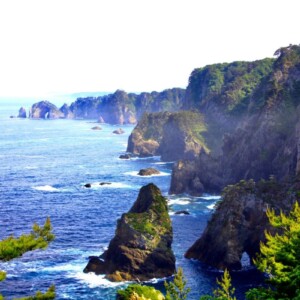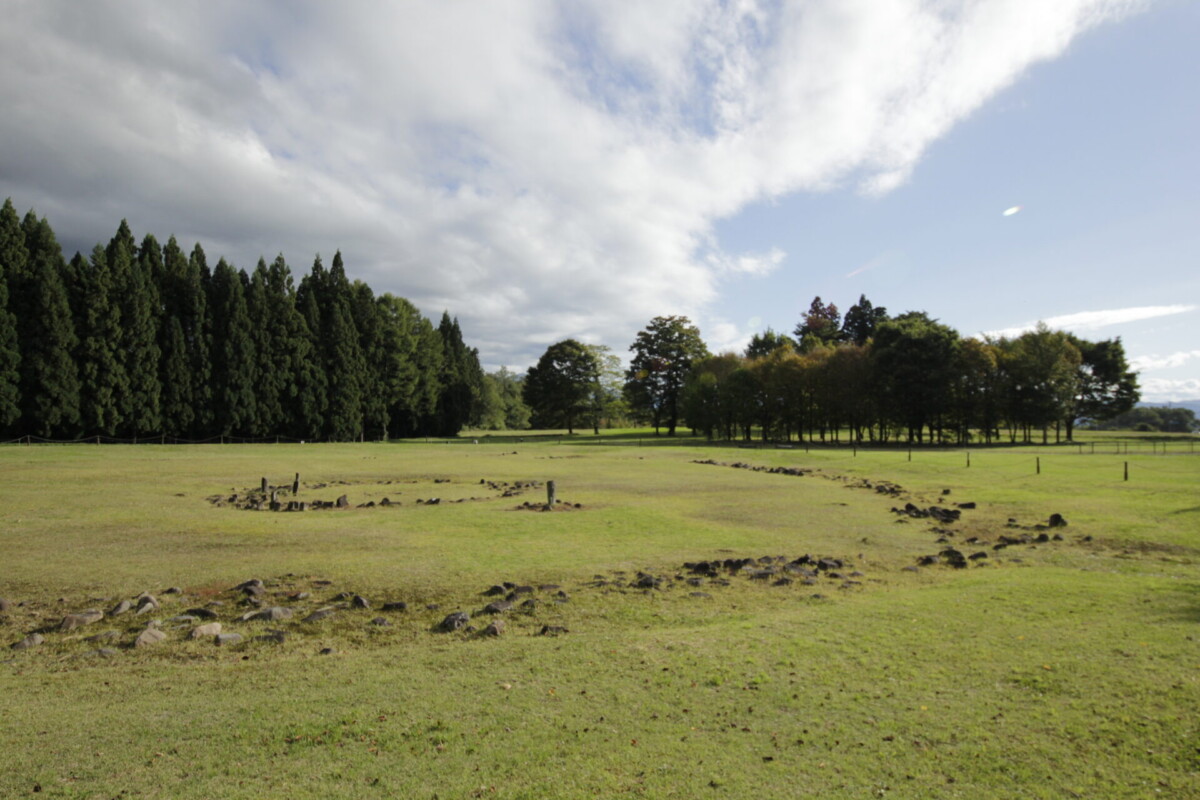
Is the Japanese stone circle "Oyu Ring Stone" a sacred place in the Jomon period? [Akita Prefecture]
table of contents
The Oyu Stone Rings, located in Towada, Kazuno City, Akita Prefecture, are one of the Jomon Ruins in Hokkaido and Northern Tohoku, which became a World Heritage Site on July 27, 2021 The Oyu stone circles are said to be ruins from the late Jomon period (approximately 4,000 years ago), and their most distinctive feature is the two stone circles (Nonakado stone circle and Manza stone circle)
The World Heritage Site ``Jomon Sites in Hokkaido and Northern Tohoku'' consists of 17 sites in total: 6 sites in Hokkaido, 8 sites in Aomori Prefecture, 1 site in Iwate Prefecture, and 2 sites in Akita Prefecture .
What is an annular stone?
The World Heritage Site "Jomon Ruins in Hokkaido and Northern Tohoku" includes two ruins in Akita Prefecture, both of which are "stone circles."
There are 178 stone rings discovered in Japan, and about 40% of them are found in Akita Prefecture in Tohoku.
Stone circles are also called ``stone circles,'' and depending on your generation, many people may be more familiar with the word ``stone circles'' than stone circles.
World-famous Stonehenge in England, which uses megaliths , Swainside Stone Circle in the Lake District, England .
Regarding Stonehenge in England, 30 standing stones (menhirs) are arranged stones (trilithons) Various theories are still being advocated as to the purpose of the ruins, including that they were a ritual site for sun worship or an ancient astronomical observatory.
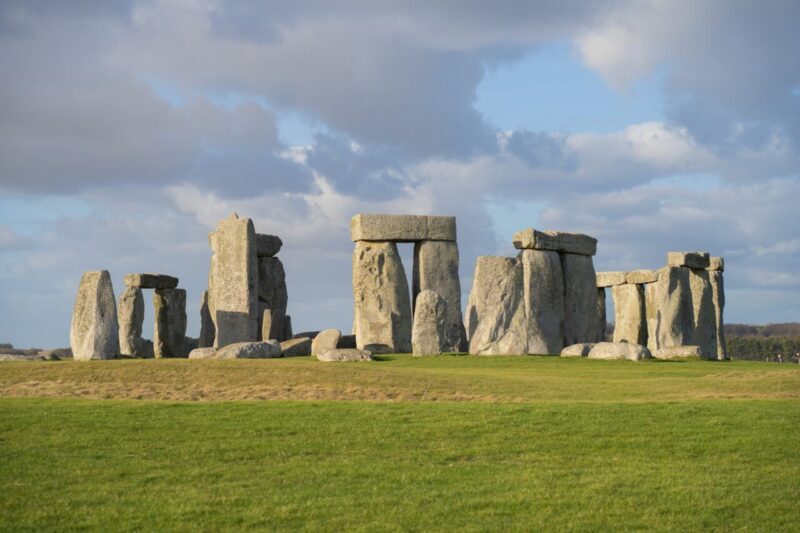
There are many other stone circles from different eras around the world, including western Mongolia and Africa (Senegambia region), and all of them, like Stonehenge, were used by the people of the time as ritual sites and tombstones. This has been revealed through modern excavations.
Stone circles in Akita Prefecture
In the previous chapter, I briefly explained the stone circles around the world, but I think that two stone circles in Akita Prefecture were also used as excavation surveys, rituals, cemeteries, and astronomical surveys. It is said that.
Interestingly, I think that the British Stonehenge and the ring stones of Akita Prefecture were made around the same time, about 4,000 to 4,500 years ago. It is also said to be the case.
It is hard to believe that diplomacy between Britain and Japan occurred around 4,000 to 4,500 years ago, and there are no records of the interactions they had.
English Heritage's Martin Allfrey , "Japan and the UK are located at the same latitude, and are closer to ideology than we imagine?" But is it possible to create something so close?
There are still many parts that are shrouded in mystery, but this time the Oyu Stone Circle Hall I hope to share with you all the "mysteries of the world."
Oyu stone circles
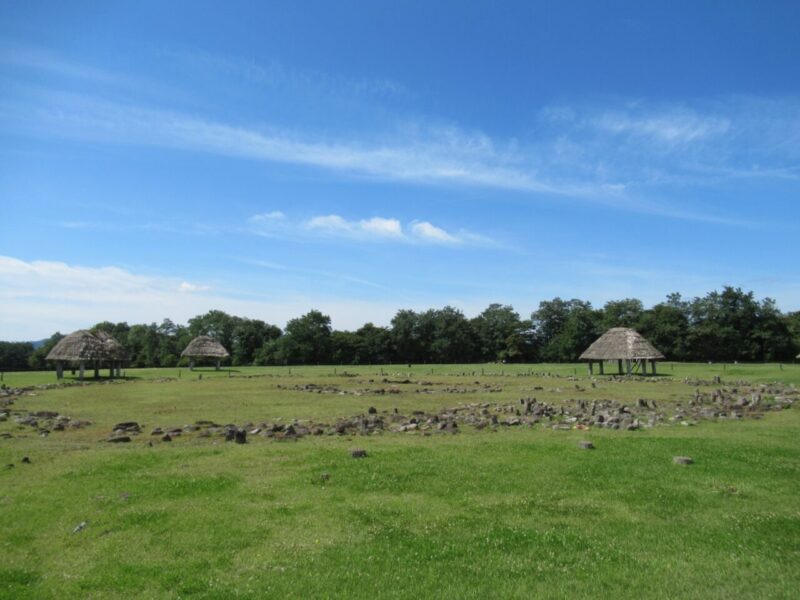
The Oyu stone rings are said to date from the late Jomon period (approximately 4,000 years ago), and are a combination of two stone rings: the Nonakado stone ring, which the Manza stone ring, which has a maximum diameter of 52 meters. It will be a nickname.
The Manza stone ring, with a maximum diameter of 52 meters, is the largest stone ring in Japan.

Both of them form a double ring, and on the northwest side of each stone ring, between the outer and inner zones, there is a ``sundial-shaped set of stones,'' also functions as a ``sundial.'' Isn't that what it was? It is also said that
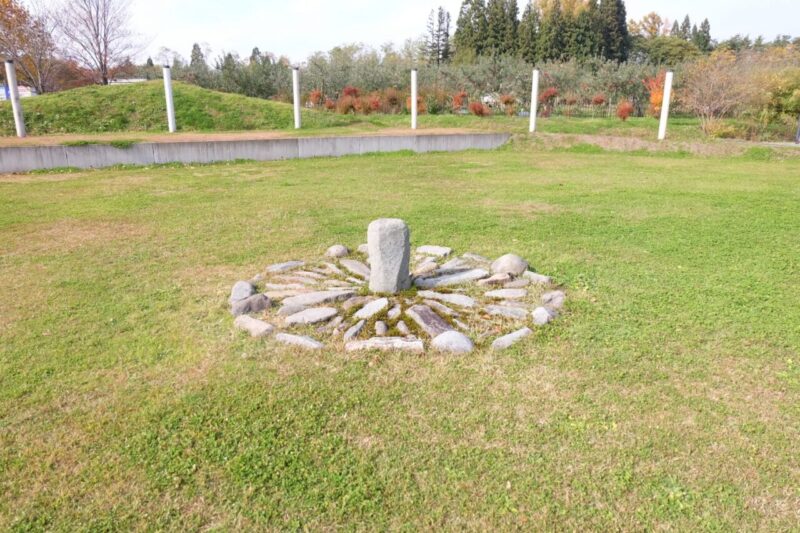
This "sundial-shaped stone set" is lined up in a straight line with the center of the two stone rings, and it is known that the sun sets in this line of place on the day of the summer solstice.
Additionally, 60% of the Kawahara stones used in the two stone rings are called ``quartz diorite,''
The stone arrangement that makes up the Oyu stone circle consists of a number of circular or square blocks of more than 10 stones lined up, and each of these small blocks is a " stone arrangement grave" Recent excavations have shown that certain stone circles are likely to be "mass graves."
Around the stone circles, dug pillar buildings, storage pits, earthen pits, and artifact concentration areas have been found spread out in concentric circles, and from the edge of the plateau on the northeast and northwest sides of the Manza stone circles, there are pit dwellings, northeast A group of dug-out pillared buildings in a circular arrangement was found at a 50-meter point, and remains of a stone arrangement were found at a 30-meter point on the south side of the Nonaka-do stone ring.
Here we go! To the Oyu stone circles! (Local report edition)
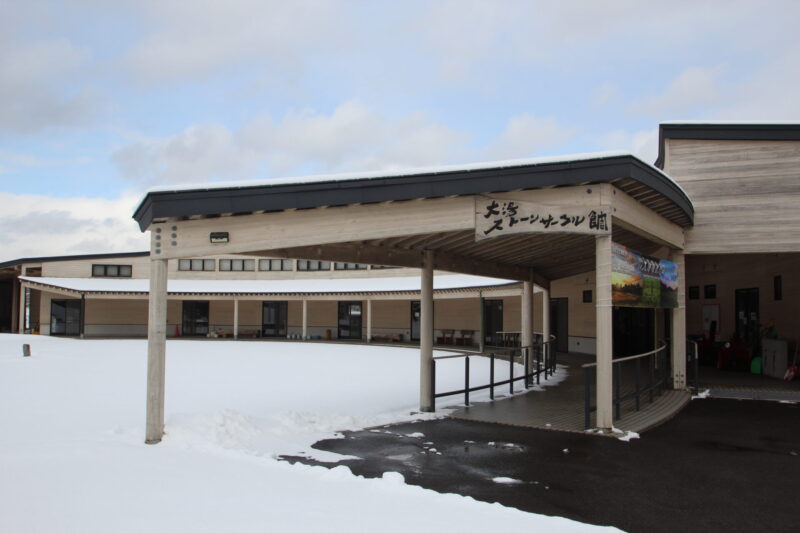
The explanation above is long, but this time I visited "Oyu Stone Circle Museum"
Well, you're coming at the wrong time. The day I visited was towards the end of February, and the landscape was completely covered in snow. The staff at the reception told me, ``There hasn't been much snow this year,'' but as someone from Miyagi, that's a lot of snow. In a normal year, at this time of year, the accumulation would be more than 1m.
The Oyu Stone Circle Museum opened in April 2002 on land adjacent to the Oyu Stone Circle, a ruin from the late Jomon period (approximately 4,000 years ago), as a guidance facility.

There are explanations about the ruins and exhibits of excavated Jomon pottery, and at the Jomon workshop inside the museum, you can try your hand at making Jomon pottery and Jomon pendants.
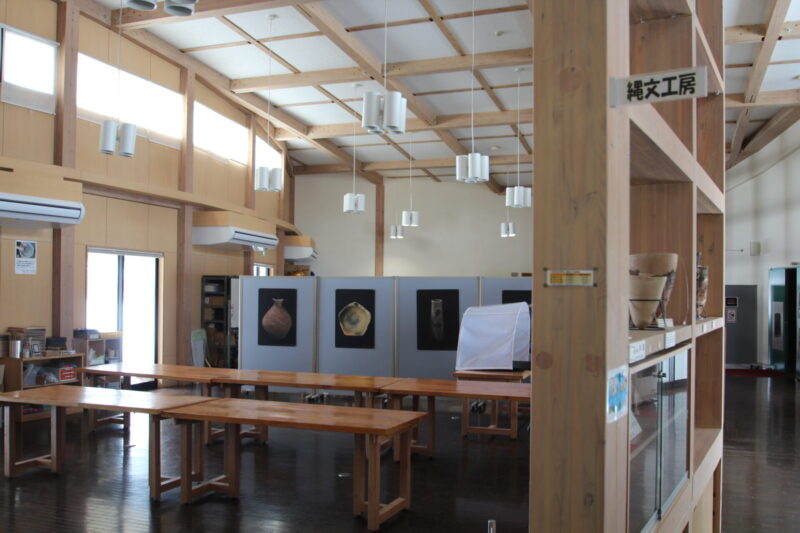
There is Manza Hall in the back of the upper Jomon workshop, and from March 2020, you can see 4K images of the Oyu stone circles on three large screens. In addition to the food and shelter of the Jomon period revealed through the latest science, the site also provides easy-to-understand visuals about the history of excavation and maintenance from the discovery of the stone rings.
Admission is free, and on open days there is one screening every 30 minutes from 9:30 a.m. to 5:30 p.m., and each screening lasts about 8 minutes.
It's the latest 4K video, so it's very impressive! To be honest, 8 minutes is not enough.
Oyu Stone Circle Hall/Exhibition Hall
The exhibition hall displays a variety of materials and artworks in an easy-to-understand manner, including the era in which the Oyu stone circles were created and what has been learned from excavations.

A variety of ruins have been unearthed in the Oyu Stone Rings, but among them are the `` first tools,'' the ``second tools,'' which are thought to be tools for rituals and matsuri .
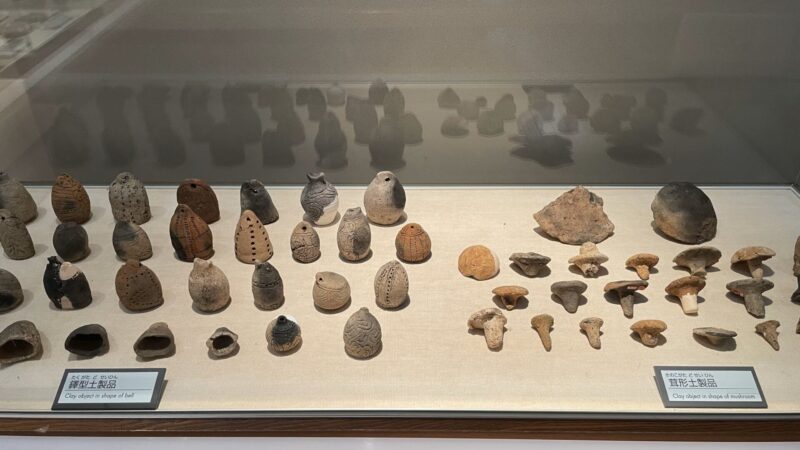
``doban'' (earthen block) excavated from the east side of the Nonakado stone ring .

It is 58mm wide and weighs 48.39g, with countless large and small holes and U-shaped holes, perhaps for counting numbers? Was it used in astronomy? Perhaps the stone circles were used in some kind of ritual? However, the exact reason is still unknown, and the excavated item remains a mystery.
The holes on the left and right sides of the top and the large hole in the middle make it look like it is looking at the sky, and it is a popular exhibit at the Oyu stone circle, nicknamed ``Dobankun''
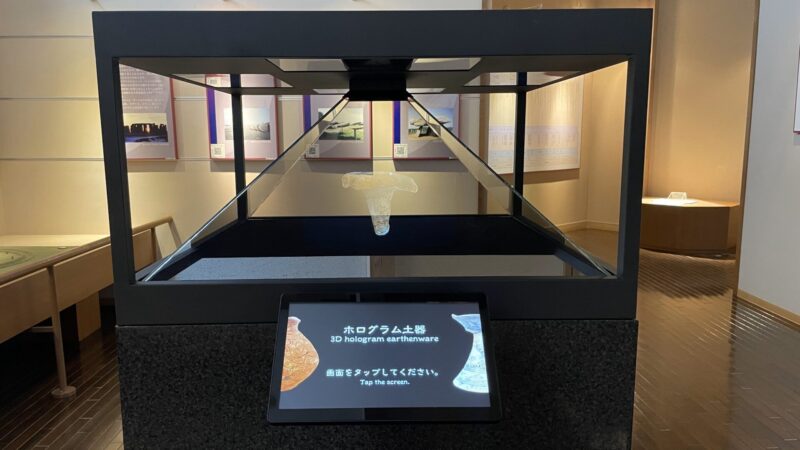
There is also a hologram of the excavated items in the exhibition hall, and you can see every corner of the excavated items, including the bottom and inside of the 27 unique pottery and clay blocks excavated from the Oyu Stone Circle.
After touring the stone circle museum for a while, I thought, ``Okay, let's go see the actual Oyu stone circle!'' So I asked the staff at the stone circle museum about the way.
``The Oyu stone ring tour will be closed during the winter season.'' Completely unconfirmed. I was foolish to think that since the Oyu Stone Circle Museum was open, I would be able to tour it even though it was covered in snow.
However, ``You are free to view from the road that runs between the Manza and Nonakado stone circles.''
There was still hope! So I will take a tour of the Oyu Stone Rings.
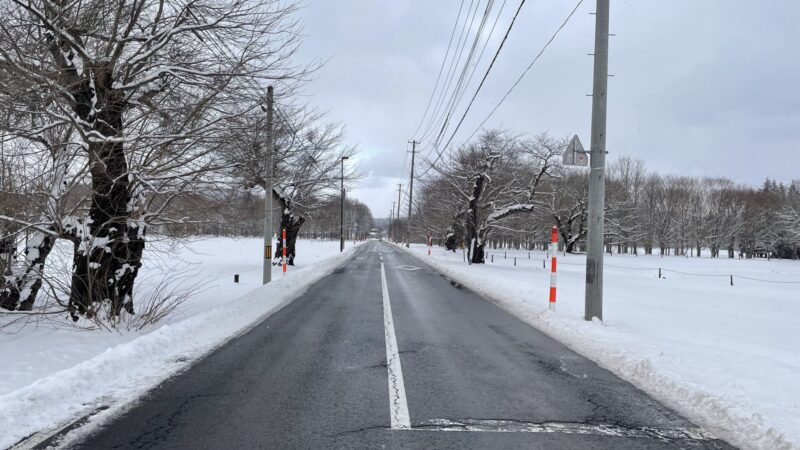
Walk west on Akita Prefectural Route 66 (North Tohoku Romantic Road) for about 2 to 3 minutes.
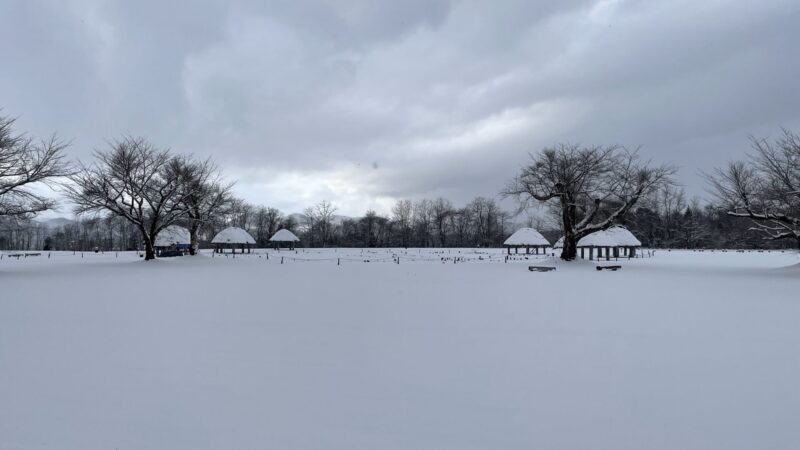
Manza stone circle surrounded by snow
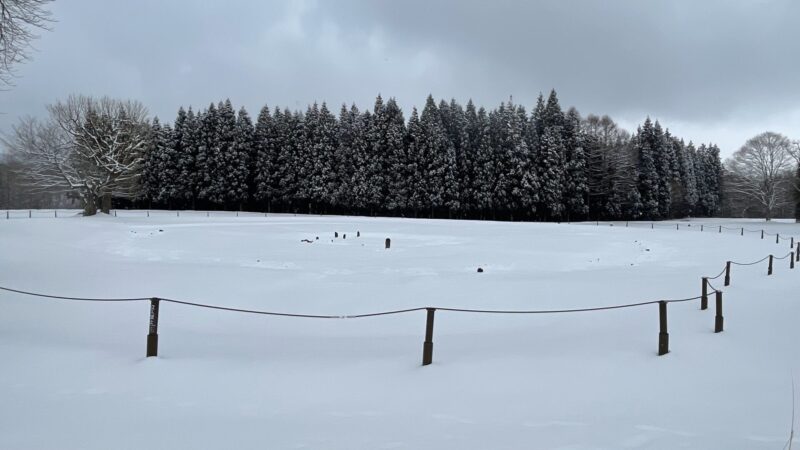
You can also see the Nonakado stone circle covered in snow.
It's natural that you can't see because of the snow. Also, because of the snow, we didn't know where anything was, so it would be no good if we went inside and looked around and ended up trampling on or destroying important ruins. Well, it's closed for the winter.
I took a tour and wasted no time trying to figure out why it was closed for the winter, but I could see the mountains in the distance, and it was a refreshing sight.
Considering that this scenery has not changed much compared to 4,000 to 4,500 years ago, I can understand a little more about the meaning of placing the stone circles here.
Although not everything has been fully elucidated yet, the meaning that the people of the Jomon period used to ``mass graves,'' with celestial bodies, may be much simpler.
It may have become a sacred place, a place that is carefully managed and passed down as a place of prayer, with the countless perfect night skies and the memories of deceased family members, and a phenomenon called synchronicity may have occurred in the world at the same time.
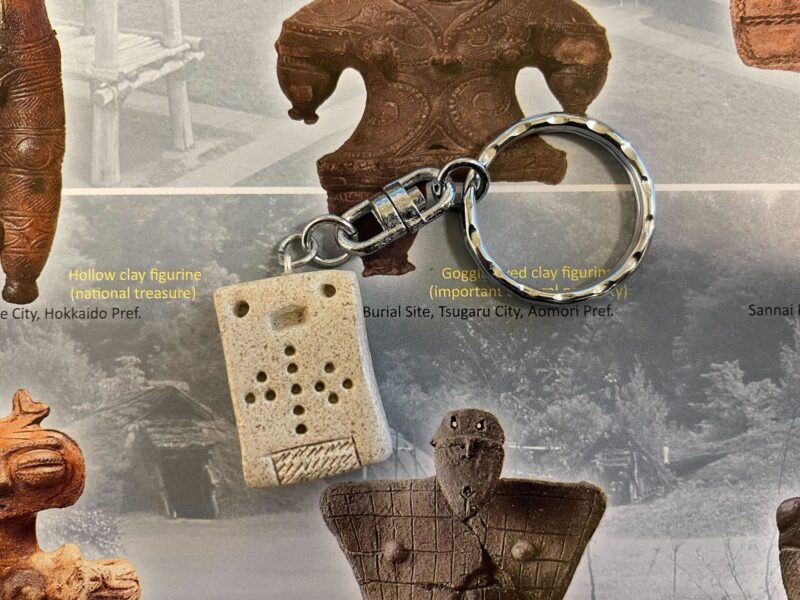
excitedly purchased one of the ``Dobankun keychains'' that were sold at the sales corner next to the reception desk inside Oyu Stone Circle
Each one is handmade and each one has a different and adorable expression. There are also ``Dobankun earrings'', ` `Dobankun straps'' , and various other locally limited items on sale, so be sure to buy them when you visit Oyu Stone Circle Museum.
I don't know what it will be used for, but it might be useful in survival situations.
Oyu Stone Circle Hall
- Address: 45 Manza, Towada Oyu, Kazuno City, Akita Prefecture
- Opening hours
- Regular period (April 1st to October 31st)
- 9:00-18:00
- Closed days: None
- Snowfall season (November 1st to March 31st)
- 9:00-16:00
- Closed on Mondays (if Monday is a public holiday, the following weekday) and year-end and New Year holidays (December 29th to January 3rd)
- Regular period (April 1st to October 31st)
- usage fee
- Admission fee: Free
- Exhibition hall admission fee
- Adults: 320 yen (groups: 250 yen)
- Children: 110 yen (groups: 90 yen)
- *Group rates apply to 20 people or more
- Official homepage https://oyustonecircles.explorekazuno.jp/
About visiting the ruins (outdoors)
- [April 8th to September 30th] 9:00-17:30
- [From October 1st to October 31st] 9:00-16:30
- [From November 1st to November 19th] 9:00-16:00 (Closed all day on closed days)
- [After November 20th] Winter closure
*The above ruins opening hours are for the 2023 season. There are slight differences every year, so please be sure to check the official website each time you visit.




!["Isedodai Ruins" is a mysterious ruin registered as a World Heritage Site! [Akita Prefecture] Model of Isedotai ruins (Isedotai Jomonkan)](https://jp.neft.asia/wp-content/uploads/2024/04/deb17445343a914a827ad485a5591592-150x150.jpg)
![Oyu ring stones are stone circles from the Jomon period of Japan! ? [Akita Prefecture] afa86939a1f3e49c2a7ae110b4ddb2b4_m](https://jp.neft.asia/wp-content/uploads/2017/08/afa86939a1f3e49c2a7ae110b4ddb2b4_m-150x150.png)
![The legend of the pyramid that lies in Kakunodate City is called Cromanta! [Akita Prefecture] IMG_0530](https://jp.neft.asia/wp-content/uploads/2024/03/IMG_0530-150x150.jpg)
![Sannai Maruyama Ruins is Japan's largest Jomon Ruins located in the northernmost part of Honshu [Aomori Prefecture] Restored large pillared building](https://jp.neft.asia/wp-content/uploads/2016/11/IMG_3938-150x150.jpg)
![[Akita Prefecture/Oga Peninsula] Full of view points. Oga Peninsula, a magnificent park created by the earth 3D84CC3D4A133D89422D448F000C277B](https://jp.neft.asia/wp-content/uploads/2024/04/3d84cc3d4a133d89422d448f000c277b-150x150.jpg)

![[Yamagata Prefecture] 3 recommended hot springs in Yamagata Prefecture that you can choose based on secret hot springs, famous hot springs, and unique spring quality! Exif_JPEG_PICTURE](https://jp.neft.asia/wp-content/uploads/2024/02/3550191_m-150x150.jpg)
